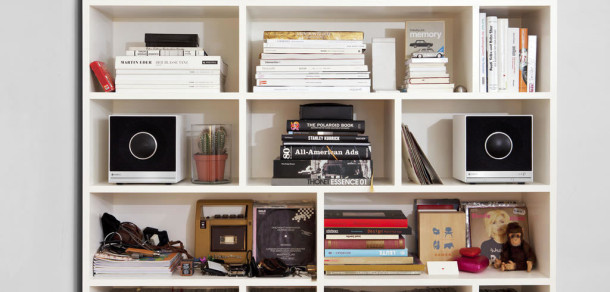
As long-term readers of this blog will know, music is somewhat of a passion of mine and that means going to a lot of gigs, but also listening to the dozens of records were sent every week. Sound, then, is rather important to me.
When you think of wireless speakers, one brand currently comes to mind and that is Sonos, but German manufacturer Raumfeld is hoping to break Sonos’ grip on the market with its range, and they were kind enough to send us a pair of Stereo Cubes and a One M to review.
Looking at Raumfeld’s website you could be forgiven for thinking that the Stereo Cubes are small speaker cubes for your desk, but they are substantial units measuring 195mm in all directions. And they are hefty too, weighing in at 4kg each, something which is always a good sign with speakers.
In terms of design, the cubes come in black or white, with a black speaker-covering and a silver button bar on the front. They have an almost industrial German look to them, which is modern and quite striking, so while they are small enough to hide away in a corner, you will probably want to keep them on display.
One of the Stereo Cubes is active and contains the power connector, On/Off switch, ethernet port, USB port, stereo inputs, and setup buttons on the back and the volume buttons on the front, while the second Cube is the passive slave connected
Set Up
Setting up the Stereo Cubes was pretty straight forward, and is done through the Raumfeld apps for iOS and Android. Following the guide within the app, you connect the active speaker, which contain all the connectivity and buttons, to the passive speaker by the supplied cable, connect the power lead, and switch on the Stereo Cubes.
Once the left LED on the front of the active speaker is fully on, you press the setup button on the back of the speaker, and click next on the app. At this point the speaker is broadcasting its own WiFi network which gets picked up by the Raumfeld app, so you are connected directly to the speakers to continue. In the Android app, you are automatically connected to the Speaker’s WiFi, but on iOS you will be told to connect to it manually. Once you’re connected, you can use the app to select your home or office WiFi and enter its password.
Connecting to your network with the supplied ethernet cable is even easier as no password is required, but otherwise the process is pretty simple. If you plan to have the speakers set up near enough to your router for the ethernet cable to reach then this is preferable as the bandwidth available will be greater and you can stream higher quality audio, but we set them up over WiFi and everything worked seamlessly.
If you have more than one Raumfeld device, setting up the different devices in various rooms is a breeze, and the app lets you quickly select which room you want to play your music in, or if you want to play it synced throughout all the speakers in your house.
In Use
The Stereo Cubes will play back almost any audio format you throw at them, including MP3, AAC, OGG, WMA, WAV, FLAC, and ALAC, with support for sample rates up to 192kHz and gapless playback. They certainly had no trouble playing back music from the array of iPhones, iPads, Android devices we had around the office, and the apps are a breeze to use.
The app is where you can control everything about the Cubes from the volume, although there are also physical volume buttons, to the source of the audio. Raumfeld currently supports the Spotify, Napster, Tidal, WiMP and Last.fm streaming services, along with TuneIn Radio, and obviously all the music stored on your device.
The device also supports UPNP/DLNA streaming, and the stereo-in connectors let you plug the speakers directly into your TV or an amp. A USB port on the back lets you plug in a harddrive or memory stick and playback the audio files from there directly as well.
When compared to Sonos, the Raumfeld apps are both better looking and easier to use, but Sonos does currently support more streaming services. Raumfeld has the major ones covered, but we would have liked to have seen some of the new music services The Blue Walrus works with such as 22tracks and the Hype Machine available directly within the app itself. There is also no app available for Windows at the moment.
However, as the Raumfeld speakers support UPNP/DLNA, we were able to stream from the websites of 22tracks, Hype Machine, and SoundCloud directly to the speakers using the open source Stream What You Hear app within a couple of clicks.
Sound
All the technical details are all well and good, but it is the sound reproduction that is most important and here is where Raumfeld really shines. The sound is clear and warm across the frequency range, comparing favourably with a mid-range separates setup. The bass is tight and snappy, making sure you can pick out every note in even the most intricate basslines, the middle is lively, and the top end stays clean and crisp.
CD-quality MP3s and AAC files sound great, and the speakers only improve when you stream high definition 96kHz/24-bit FLAC files, where the clarity lets you pick out elements previously lost to compression.
Having two speakers well spaced also lets you enjoy real stereo, unlike most of the Cubes’ competitors, and the instruments feel well placed within the soundscape, and the sound fills a good-sized room with ease.
Only when you turn up the speakers to their maximum does the sound start to falter, with the bass starting to boom a little, but there will be few if any times the speakers will need to be that loud, unless you have a huge room to fill, in which case adding more speakers would be a better solution anyway.
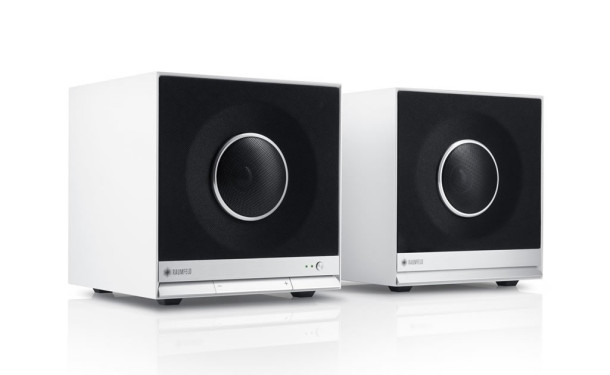
Conclusion – Should I buy the Raumfeld Stereo Cubes?
We were surprised quite how wonderful these speakers sounded, and at their price you would be very hard pushed to find an amp and speaker separates setup that could match them. The fact that they also offer WiFi streaming and connect to all the most popular music streaming services means that if you are in the market for a new audio setup on a budget then the Stereo Cubes should be near the top of your list.
Price at time of review: £399.99

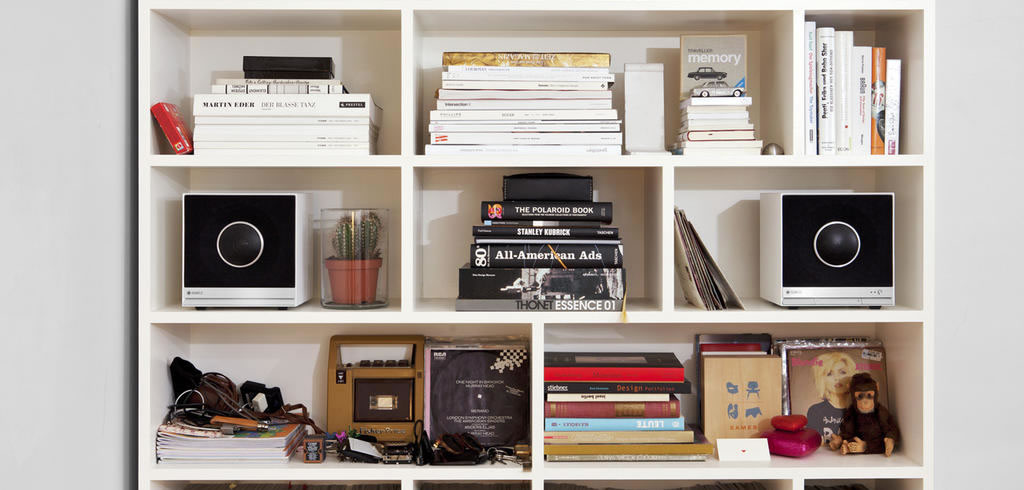
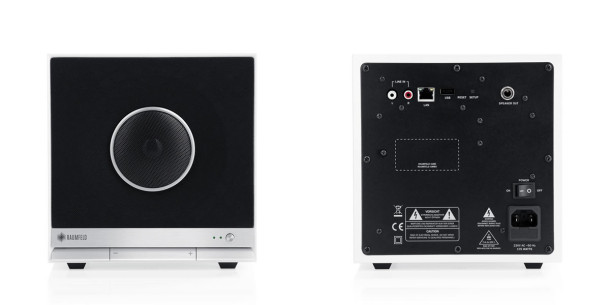

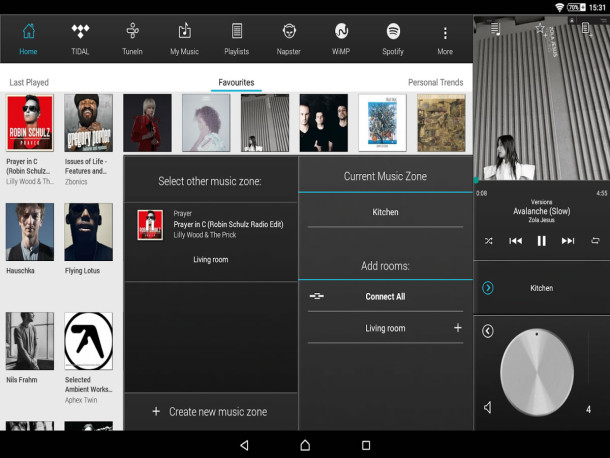
Pingback: Review: Raumfeld One M | TechFruit